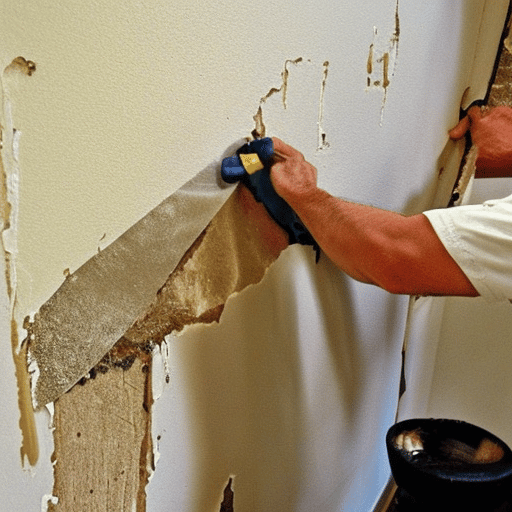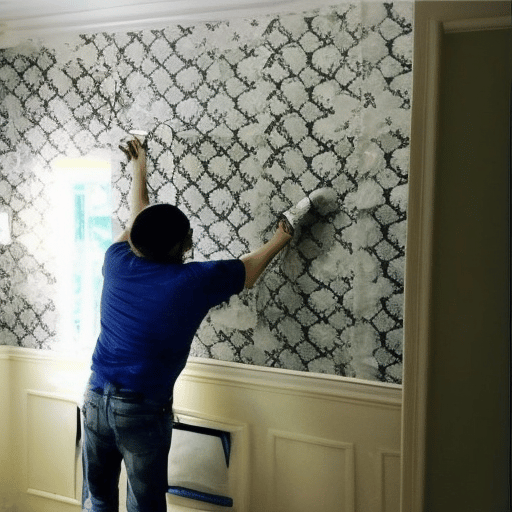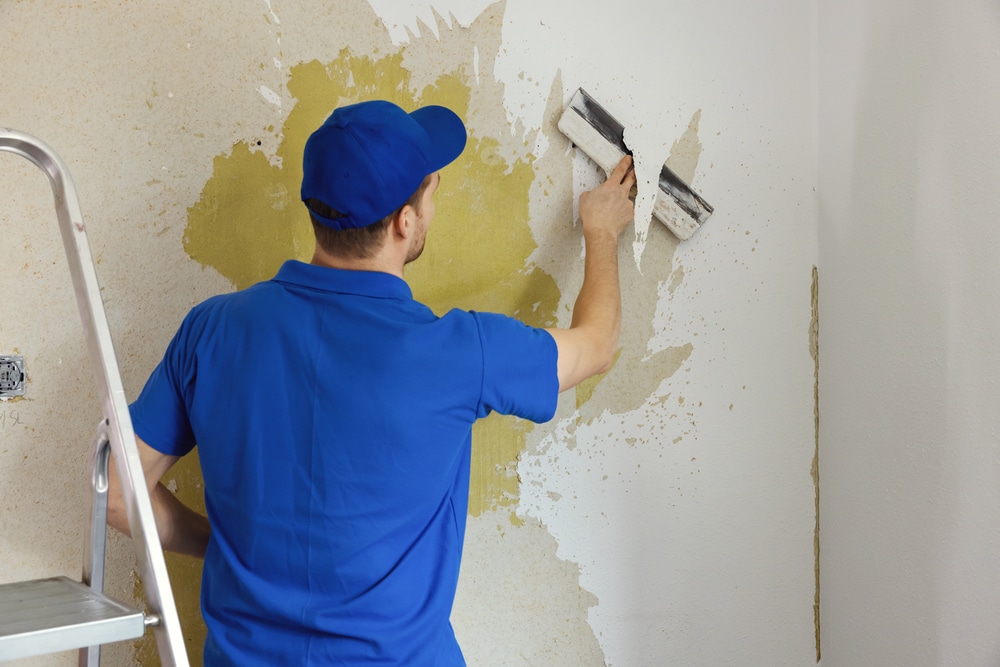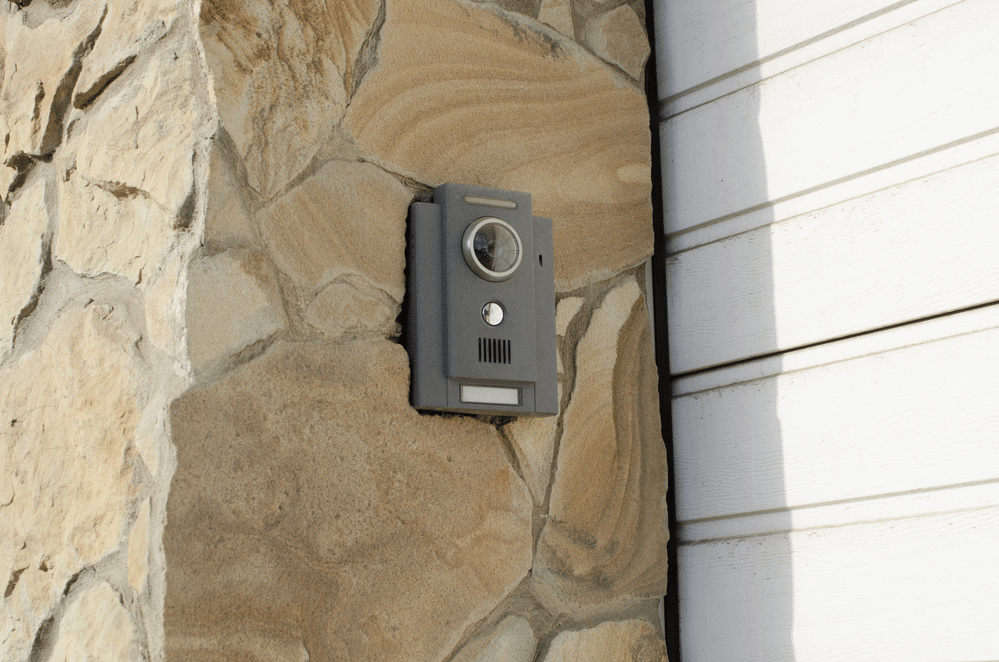Last Updated on
Are you wondering how much does a wallpaper stripping cost in the UK? Well, if you’re planning to give your home a facelift and have some dated wallpaper that needs removing then it’s worth considering what kind of costs are involved. Wallpaper stripping can be tricky and time-consuming so it pays to know exactly what you’ll need to budget for when tackling this project. In this blog post we will cover all aspects of wallpaper stripping from DIY projects to professional services, plus our top tips on which tools work best. So don’t worry about how much does a wallpaper stripping cost in the UK – keep reading and we’ll tell you everything there is to know.
Table of Contents:
- Wallpaper Stripping Costs: What to Expect
- DIY Wallpaper Stripping: Is It Worth It?
- The Best Wallpaper Stripping Tools
- Conclusion
Wallpaper Stripping Costs: What to Expect
Wallpaper stripping can be a tedious job, but it’s often necessary to get the look you want in your home. Knowing what to expect when it comes to costs is important for budgeting and planning.
On average, wallpaper stripping services cost around £1-2 per square foot of wall space. This means that if you have an 8×10 room with walls measuring 10 feet by 8 feet (80 sq ft), the total cost would be between £80 and £160. Factors such as the type of wallpaper, condition of walls underneath, and design complexity can affect this price range significantly.
If there are multiple layers or different types of wallpaper on the same wall, then expect higher costs due to additional labour required for removal. Also, remember that any damage caused during removal will need repair work which may add extra charges to your bill.

If you’re looking for ways to save money on wallpaper stripping services, try shopping around for quotes from different companies first before committing to one service provider – prices can vary greatly depending on where you live and who you hire. Additionally, consider doing some DIY prep work beforehand like removing furniture from the room or taking down curtains/blinds so that the professional doesn’t have too much extra work on their hands when they arrive at your house – this could potentially reduce overall costs as well.
Finally, make sure that all the tools needed are provided by either yourself or the company hired; otherwise, these items may also incur additional fees if not included in their initial quote estimate.
From understanding the cost of wallpaper stripping, it’s important to weigh up whether DIY is a viable option or if you should hire a professional. Let’s take a look at the pros and cons of tackling this job yourself in our next heading.
DIY Wallpaper Stripping: Is It Worth It?
Removing wallpaper can be a tricky task, and it’s important to weigh up the pros and cons of doing it yourself. Here are some things to consider before getting started.
Cost:
DIYing your wallpaper removal could save you money in the long run, as hiring a professional will likely cost more than buying supplies and doing it yourself. However, if you don’t have the right tools or experience for the job, then attempting to do it yourself may end up costing more in terms of time and materials.
Time:
Wallpaper stripping is an arduous process that requires patience – something not everyone has. Stripping one wall alone can take hours depending on how many layers there are and what type of paper was used originally. Hiring a professional means they will have all the necessary tools and know-how so they can get the job done quickly with minimal mess.
Skill Level:
The level of difficulty when removing wallpaper depends largely on its condition – older papers tend to be harder to remove than newer ones due to their age-related deterioration over time. If you lack confidence in your ability or knowledge about how best to tackle different types of paper then calling in a pro might be your best bet after all.
Damage Risk:

Removing wallpaper without damaging walls is no easy feat – even experienced professionals struggle at times. It’s important that whatever method is used (steamers/scrapers/chemicals) is appropriate for both wall surface material as well as existing paintwork underneath which could potentially become damaged during the removal process if not handled correctly. This risk increases significantly when attempting DIY removal compared with having an expert who knows exactly what they’re doing from start to finish.
Overall, DIY wallpaper stripping can be a cost-effective way to save money and get the job done quickly. However, it is important to consider the costs associated with the project before beginning in order to make an informed decision. Next, we’ll look at some of the best tools for wallpaper stripping that will help you get started on your project.
The Best Wallpaper Stripping Tools
Here’s a guide to the essential wallpaper stripping tools you’ll need for successful results.
Scraper:
A scraper is one of the most important tools for removing wallpaper. It’s used to scrape off any loose or flaking bits of paper and adhesive from your walls. Make sure you choose one that has a comfortable handle and an adjustable blade so you can reach tight corners and crevices easily.
Steamer:
A steamer is another essential tool when it comes to wallpaper removal as it helps loosen stubborn glue residue on your walls. When using a steamer, make sure that you keep it moving around in circles over the wall surface until all of the old adhesives have been softened up enough for scraping away.
Putty Knife:
Putty knives are great for getting into those hard-to-reach places where scrapers won’t fit, such as along baseboards or in corners near windowsills and door frames. They also come in handy when scraping away dried glue residue after steaming has been completed.
Sponge:
Sponges are useful for wiping down surfaces after steamers have done their job – they help remove excess moisture from your walls before painting or papering them again. Be sure to use only clean sponges that haven’t been used previously with other cleaning products; otherwise, these chemicals could transfer onto your freshly stripped walls causing damage later on down the line.
Paper Towels/Rags:
Paper towels (or rags) are great for soaking up any leftover water droplets left behind by steamers once they’ve finished doing their job – this will help ensure no streaks remain on your newly stripped wall surface before repainting or re-papering. Plus, these materials are much more cost-effective than buying new sponges every time you strip wallpaper.
Gloves and safety goggles should always be worn when working with potentially hazardous materials such as paint strippers and solvents. This will protect both yourself and others from potential injury due to splashes or fumes coming into contact with skin or eyes during the application process.
Conclusion
When it comes to wallpaper stripping, there are a few different options available. You can either choose to do the job yourself or hire a professional. Doing it yourself may be cheaper in the short-term, but you need to make sure that you have the right tools and know how much does a wallpaper stripping cost in the UK before you start. On the other hand, hiring a professional is more expensive but they will get the job done quickly and efficiently with minimal disruption. Whichever option you decide on, just remember that wallpaper stripping can be time-consuming and laborious – so make sure that you’re prepared for whatever lies ahead.
Paul is the type of person who never met a problem he couldn’t fix. He can always be found tinkering with something in his house, even if it isn’t broken! His tips and tricks are often shared on our site. He’s the one you call when something breaks because he has been known to improvise fixes for everything from leaky faucets to malfunctioning dryers.



